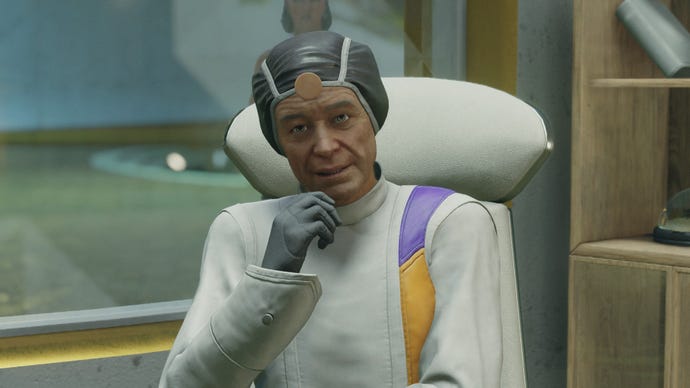Starfield quest designer highlights an unfortunate reality of game development
It’s not the state of play we’d all ideally want, but unfortunately it is the state of play.
Warning: Spoilers for Starfield lie ahead.
Ok, you’ve gotten past the headline, here we go.
So, at a recent GDC talk, former Starfield lead quest designer Will Shen has discussed how the game’s final quest came together, with the answer being in fashion that was a bit last minute. That’s far from ideal, but as Shen alluded to in the talk, it is unfortunately a symptom of the kind of challenge a game as big as Starfield currently represents for a lot of studios.
First of all, let's look at what the designer said about that final quest’s creation (thanks, PC Gamer). “We were finally at a state in the project where we could play through the whole [game],” he recalled during the talk, “It became very clear that we were missing the large final location that was going to tie the story together and have a satisfying action-filled payoff."
"I was both implementing the main quest and leading the quest design team, so I had absolutely no time. The entire quest design team was already overbooked." So, since he was struggling to find anyone able to create a big final sequence for the quest, Shen consulted senior level designer Steve Cornett, who came up with the idea of having the player just dimension hop through a host of existing locations in the game.
There was a problem, and Cornett helped solve it, so you can see why Shen referred to him as “our panic button” when outlining this sequence of events.
Now, for some context. Yes, this is far from the ideal way for a key bit of the game’s final quest to have come together. But, as Shen acknowledged in his talk, one of the key points of which was discussing how studios tackle big, ambitious games like Starfield and the lessons that can be learned by reflecting on scenarios like this one.
For example, making sure that departments don’t end up feeling like they’re under so much pressure just to get their own stuff done in time that they feel they can’t help out other sections of the studio with stuff, sometimes leading to breakdowns in communication. It’s the kind of thing you can get in pretty much any large-scale workplace in our hyper-frantic, stretched-to-capacity day and age, depending on what’s going on.
So, while it would have been better if Shen hadn’t been put in the position of having to rely on Cornett for a quick solution, you’d be very dumb to interpret that having happened as any kind of indication that the developers working on the game weren’t doing their best. If that's not convinced you, all you've got to do is look at the amount of extra content that inevitably gets cut from big games in the run up to release.
Also, if you’re looking for reasons to dislike Starfield, which is a pretty decent game that I’ve had plenty of fun with, I’d personally say a lot of its problems are related to how its vision ended up feeling as a whole once it had come together. There’s no one mission or moment where everything suddenly falls apart or takes a nosedive, as there often isn’t with games that end up being just ok, instead of setting the world alight.









.jpg?width=291&height=164&fit=crop&quality=80&format=jpg&auto=webp)